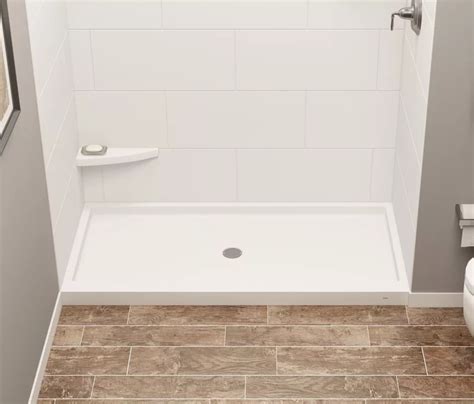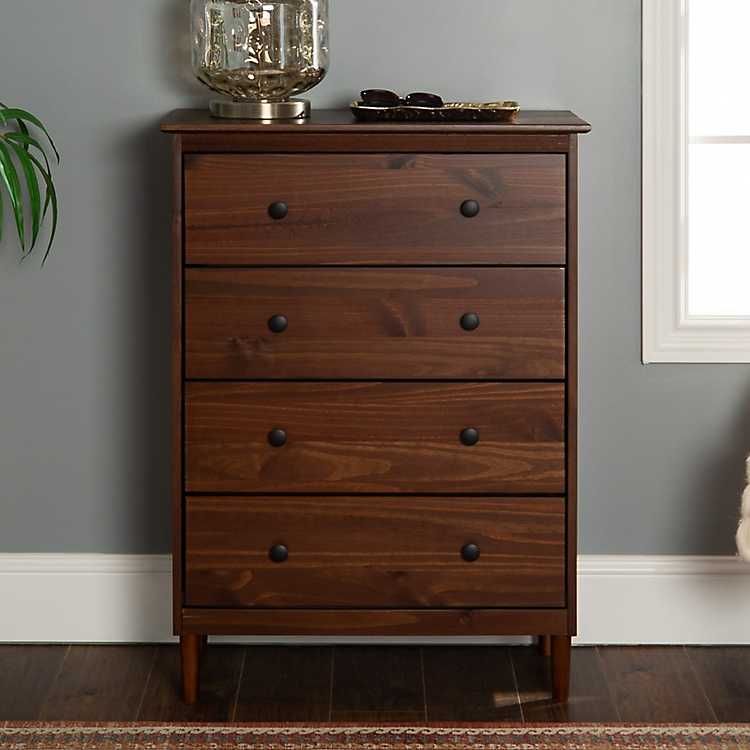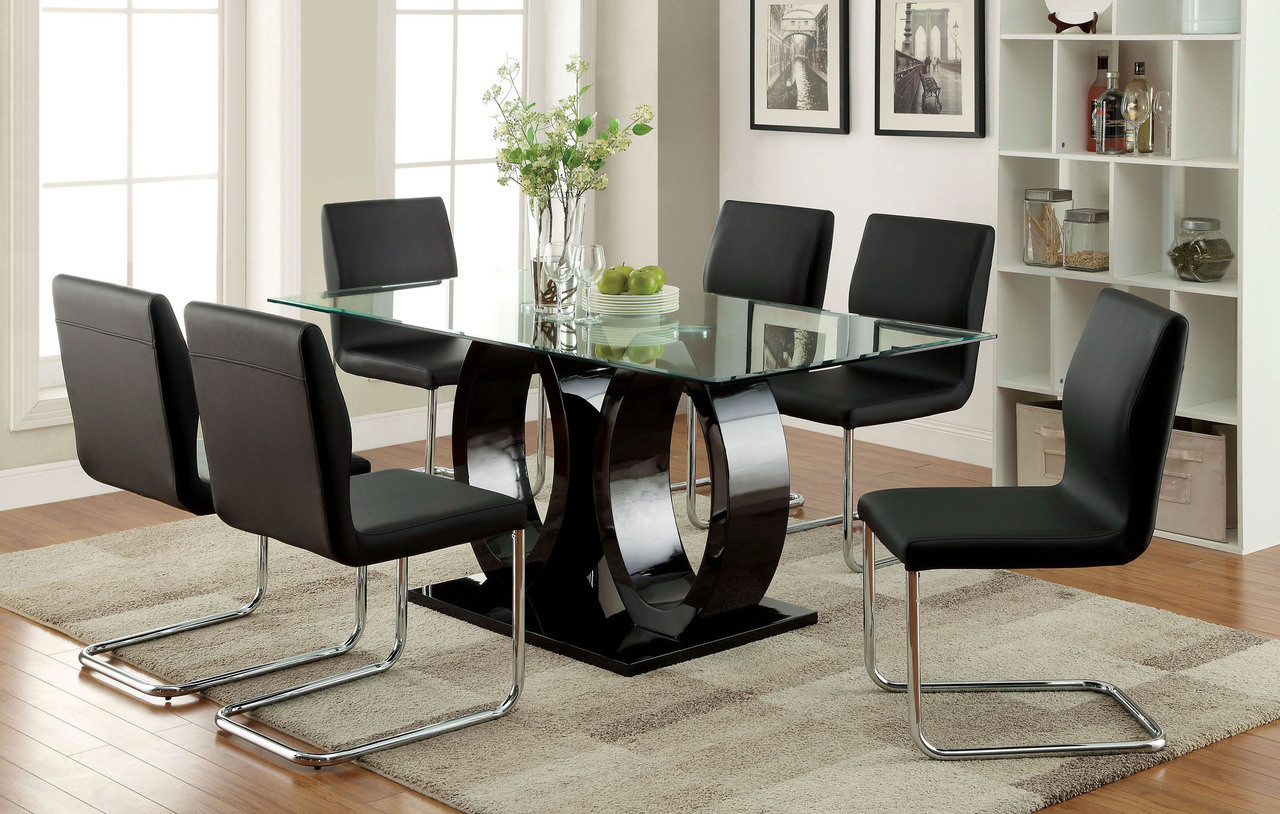When it comes to outdoor flooring, choosing the right material is crucial for durability, aesthetics, and functionality. Tongue and groove (T&G) flooring provides a seamless look and excellent stability, making it a popular choice for decks, patios, and other outdoor spaces. This article explores the top five materials for tongue and groove outdoor flooring, discussing their pros and cons, applications, and maintenance requirements.
1. Pressure-Treated Wood
Pressure-treated wood is a classic choice for outdoor flooring. Treated with preservatives to resist rot, insects, and weather damage, it remains a go-to option for many homeowners.
- Durability: Pressure-treated wood can last for decades when properly maintained.
- Cost-Effective: Generally more affordable than many composite options, making it a budget-friendly choice.
- Natural Aesthetics: Offers a warm, inviting look that blends well with natural surroundings.
However, pressure-treated wood does have its drawbacks. It can warp and splinter over time, especially if not sealed regularly. Homeowners should also consider its environmental impact, as the chemicals used in treatment can leach into the soil.
2. Composite Decking
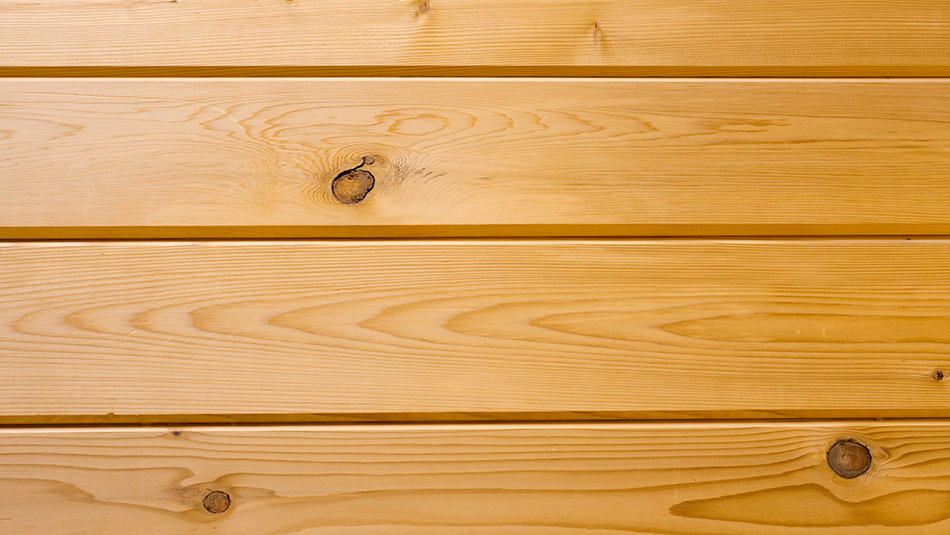
Composite decking is made from a blend of wood fibers and recycled plastic. This material has gained immense popularity due to its low maintenance requirements and environmental benefits.
- Low Maintenance: Unlike wood, composite decking does not require regular sealing or staining.
- Eco-Friendly: Made from recycled materials, composites are a sustainable choice.
- Versatility: Available in various colors and finishes, allowing for creative design options.
Despite its advantages, composite decking can be more expensive upfront compared to traditional wood. Additionally, while it resists fading and staining, it can become slippery when wet, making it less ideal for certain climates.
3. Bamboo Flooring
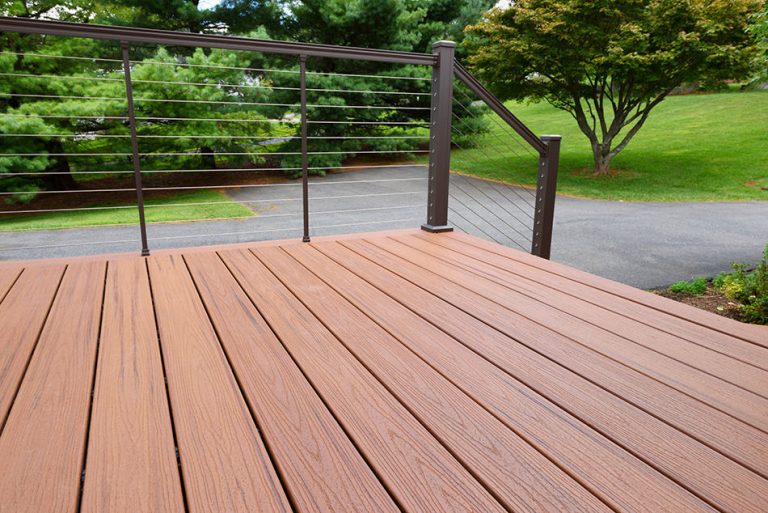
Bamboo is an innovative material that has gained traction in the outdoor flooring market. Known for its strength and sustainability, bamboo is an excellent alternative to traditional hardwoods.
- Eco-Friendly: Bamboo grows rapidly and can be harvested sustainably.
- Durability: When properly treated, bamboo can withstand the elements and resist moisture.
- Unique Aesthetic: Offers a distinctive, modern look that can enhance any outdoor space.
However, bamboo can be sensitive to temperature fluctuations and may require more maintenance than other materials. It is essential to choose high-quality bamboo that has been specifically treated for outdoor use.
4. Aluminum Decking
Aluminum decking is an increasingly popular choice for outdoor flooring due to its durability and low maintenance. This lightweight metal can withstand harsh weather conditions without warping or cracking.
- Longevity: Aluminum does not rust or corrode, making it a long-lasting option.
- Fire Resistant: Unlike wood, aluminum is not flammable, providing an extra layer of safety.
- Easy to Clean: Simple to maintain with just soap and water, making it a hassle-free option.
On the downside, aluminum can get hot under direct sunlight, making it uncomfortable to walk on during the summer. Additionally, it may not offer the same warmth and aesthetic appeal as natural wood or composite materials.
5. PVC Decking
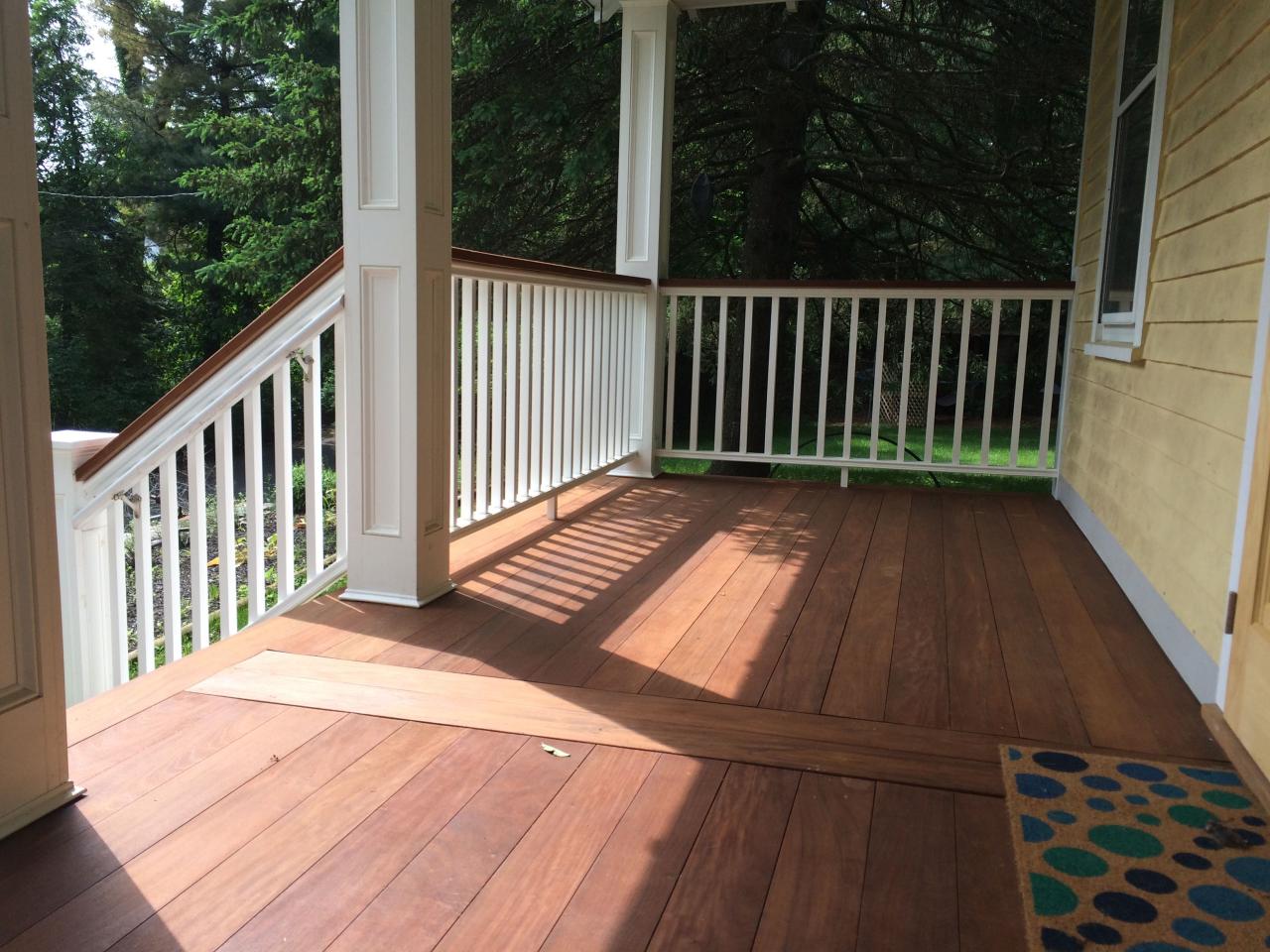
PVC (polyvinyl chloride) decking is another synthetic option that offers a variety of benefits. Made entirely from plastic, it is designed to mimic the look of wood while providing superior performance.
- Waterproof: As a non-porous material, PVC decking does not absorb moisture, preventing rot and mold.
- Color Retention: Retains its color and appearance over time, resisting fading from UV exposure.
- Low Maintenance: Requires minimal upkeep, with no need for staining or sealing.
However, PVC decking can be more expensive than other options, and its aesthetic appeal may not suit everyone’s taste. Some homeowners prefer the natural look of wood, which PVC cannot replicate entirely.
Making the Right Choice for Your Outdoor Space
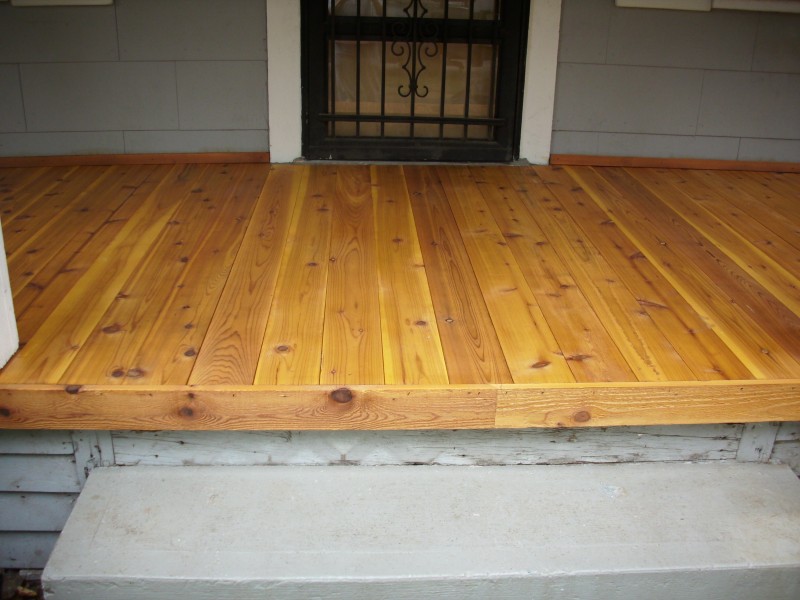
Choosing the right material for tongue and groove outdoor flooring involves considering several factors, including your budget, climate, and personal style. Here are some tips to help you make an informed decision:
- Assess Your Climate: Consider how your chosen material will hold up against the weather in your area. For instance, if you live in a humid climate, materials like PVC or composite may be more suitable.
- Evaluate Maintenance Requirements: Decide how much time and effort you are willing to invest in maintenance. Some materials, like pressure-treated wood, require more upkeep than others, like aluminum or PVC.
- Consider Aesthetics: Think about the overall look you want to achieve. Natural wood may blend better with traditional homes, while composite or aluminum may suit modern designs.
When it comes to tongue and groove outdoor flooring, there is no one-size-fits-all solution. Each material has its unique advantages and disadvantages. Pressure-treated wood offers a classic look and affordability, while composite and PVC decking provide low-maintenance alternatives. Bamboo presents an eco-friendly option, while aluminum decking boasts durability and fire resistance.
Ultimately, the best choice will depend on your specific needs, preferences, and the conditions of your outdoor space. By considering the factors outlined in this article, you can make a well-informed decision that will enhance the beauty and functionality of your outdoor area for years to come.

